
Pizza Order Project in Java + MySQL
Pizza Order Project in Java
Building a “Pizza Order Project” combines Java programming with MySQL database management, creating an excellent hands-on project for students and developers interested in developing skills in both back-end and front-end processes. In this guide, I’ll walk you through developing a pizza ordering system, covering everything from setting up your development environment to implementing core features. Let’s dive into building this deliciously useful project!
Project Overview
Our goal is to build a pizza ordering application where users can:
- View and choose from available pizzas.
- Customize their orders with various toppings.
- Place orders and calculate the total bill.
- Track the order status from preparation to delivery.
Java will handle user interaction and application logic, while MySQL will store all relevant data, such as available pizzas, toppings, order details, and customer information.
Step 1: Set Up the Development Environment
Ensure that you have the following software installed and ready to go:
- Java Development Kit (JDK) – Any version from JDK 8 upwards will work for this project.
- MySQL Server – Set up MySQL and configure it to allow database management for our application.
- Integrated Development Environment (IDE) – Popular choices include IntelliJ IDEA or Eclipse, which provide tools and interfaces that make Java development easier.
Download New Real Time Projects :-Click here
Step 2: Design the Database Structure
Your MySQL database will store all data for pizzas, toppings, customers, and order details. Here’s a quick breakdown of what each table should include:
- Pizza Table – Stores information on each pizza option available, including its name, size options, and base price.
- Topping Table – Contains different topping options that customers can choose to add, including details about each topping and its extra cost.
- Order Table – Tracks individual orders placed by customers, including details such as order ID, customer information, selected pizzas, toppings, total cost, and order status.
- Customer Table – Optional but useful for saving customer details to streamline repeat orders or for user profiles in more advanced versions.
Step 3: Connect Java with MySQL
To enable communication between Java and MySQL, use a JDBC (Java Database Connectivity) driver. The JDBC will allow Java to perform SQL queries to retrieve or store data, helping you manage pizza selections, toppings, order placements, and updates.
- Load the JDBC Driver – Use the JDBC library for establishing connections and executing SQL queries.
- Establish a Database Connection – Use Java’s connection methods to open a connection to the MySQL database, allowing your application to interact with and manipulate database tables.
Step 4: Develop Core Features of the Pizza Ordering System
This step focuses on building the primary features that the application will need:
- Menu Display
The app should be able to retrieve and display a list of available pizzas and toppings from the MySQL database, including details like pizza size and base price. - Customization Options
Allow users to customize their orders by selecting from a variety of toppings. This interaction can involve adding toppings and calculating the extra costs in real time. - Order Placement
Users will confirm their pizza order, including size and chosen toppings. When an order is placed, the app should calculate the total cost, create a new order entry in the MySQL database, and update order status as needed. - Billing
Calculate the final bill based on the selected pizzas, toppings, and any applied discounts or taxes. This billing information should be displayed to the user before confirming the order. - Order Tracking
Track each order’s progress, from preparation to delivery, updating the order status in the database to reflect each stage. Customers can see the current status in real-time.
https://updategadh.com/category/php-project
Step 5: Implementing Additional Features
To enhance the project, consider adding the following features:
- User Registration and Login
Enable users to create accounts, log in, and save order history for a more personalized experience. - Order History
Store past orders so users can view them, making it easy to reorder their favorite pizzas. - Real-Time Updates
Integrate a notification or status update feature so customers receive real-time updates on their order status. - Promotions and Discounts
Offer discounts or deals that users can apply to their orders, stored and managed within the MySQL database.
Step 6: Testing and Debugging
Once development is complete, thoroughly test each feature:
- Database Interactions – Ensure data is being correctly stored, updated, and retrieved from the MySQL database.
- User Interface – Confirm that users can smoothly interact with all functions, from selecting pizzas to placing orders and viewing their status.
- Billing Accuracy – Test the accuracy of the billing calculations, verifying that all toppings and taxes are correctly applied.
Step 7: Deployment
After successful testing, consider deploying the application for local or online access. Options include:
- Local Deployment – Package the project as a standalone application.
- Web Server Deployment – Deploy the project on a web server, allowing others to access the system through a browser interface.




Contact Us to Get the Source Code:
If you need the source code for the Pizza Order Project in Java and MySQL , feel free to reach out through any of the provided contact methods.
- Remotely Setup Project.
- The Full project files
- Database.
- Step-by-step configuration tutorial.
pizza order project in java pdf pizza order project in java github pizza order project in java example pizza Order Project in Java + MySQL pizza ordering system java source code github line pizza ordering system project report pdf online pizza ordering system project source code online pizza ordering system project ppt
simple ordering system java code pizza Order Project in Java + MySQL

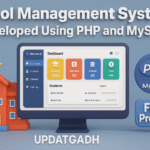
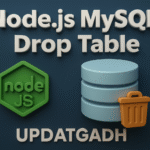

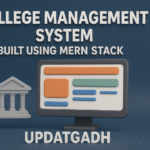
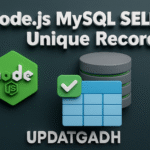
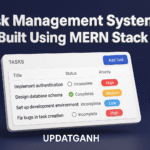
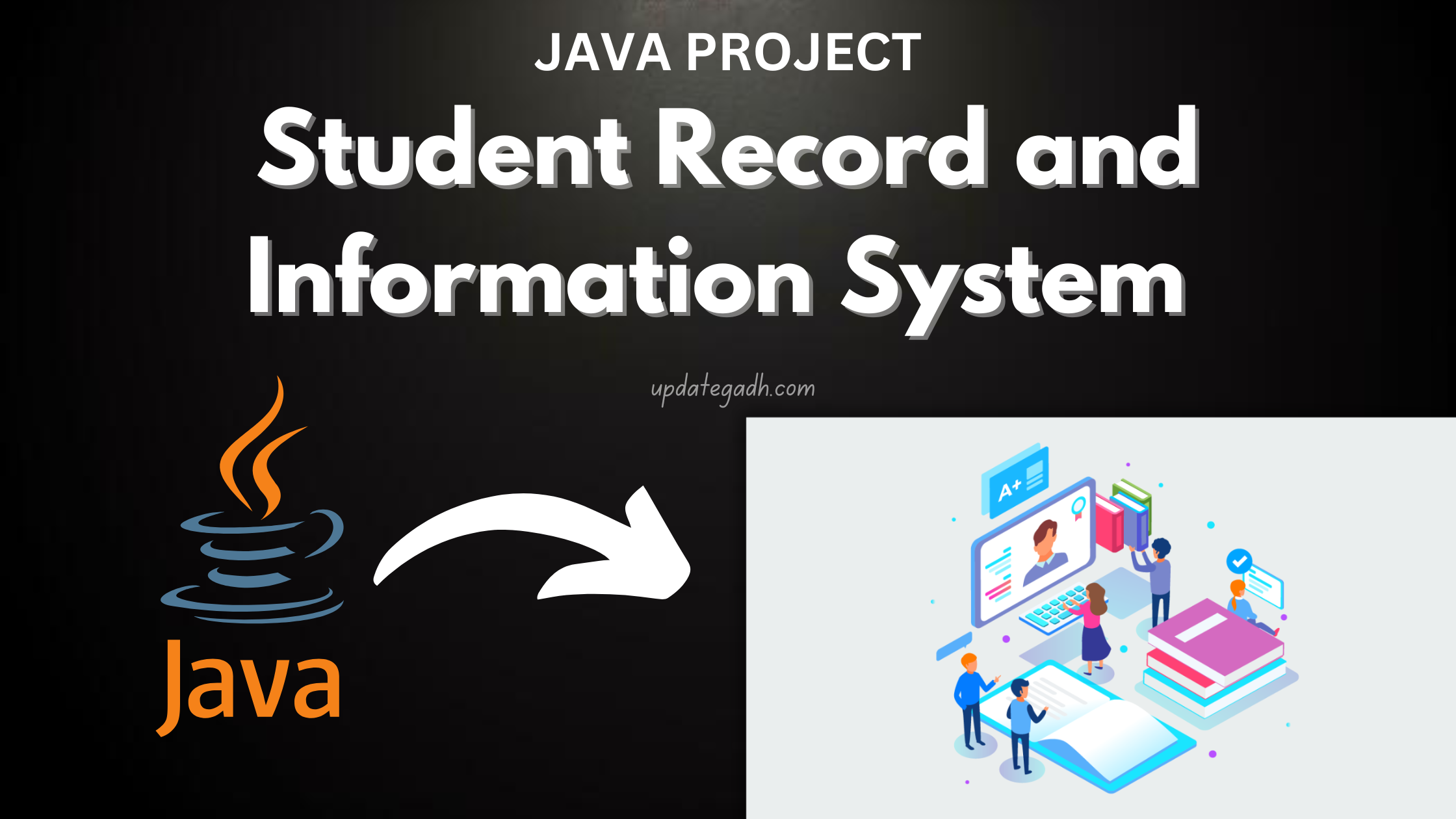


Post Comment